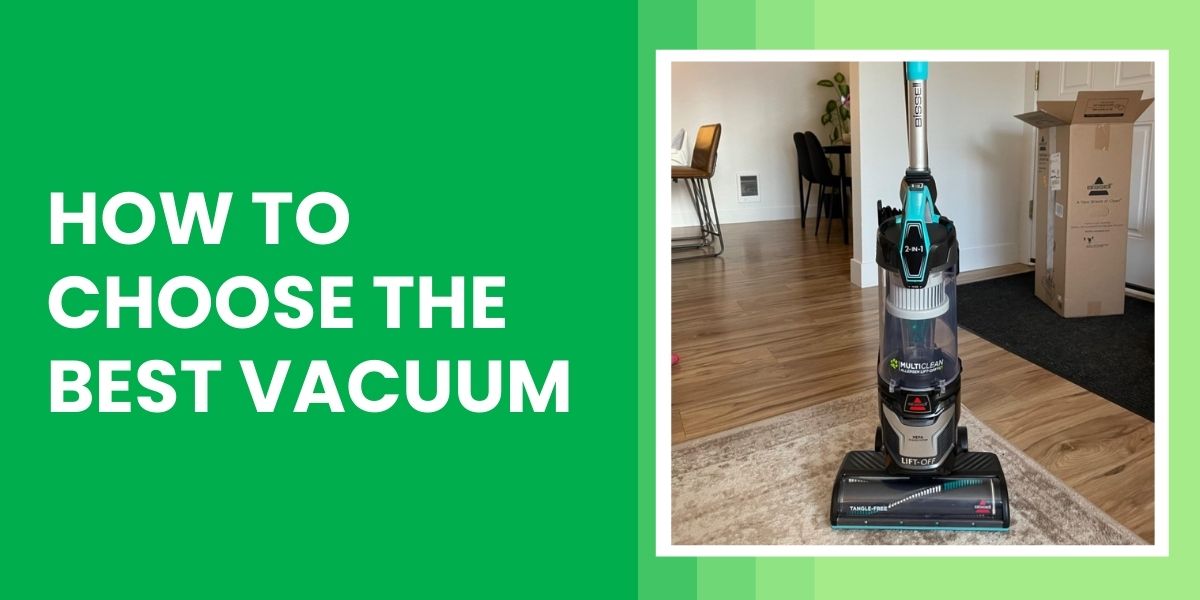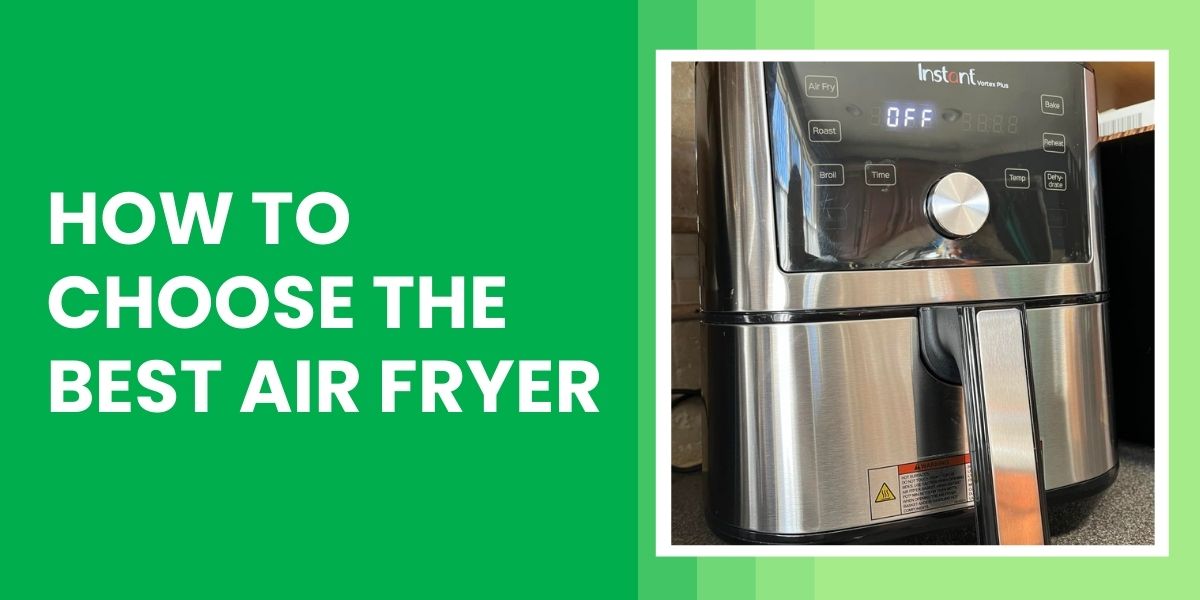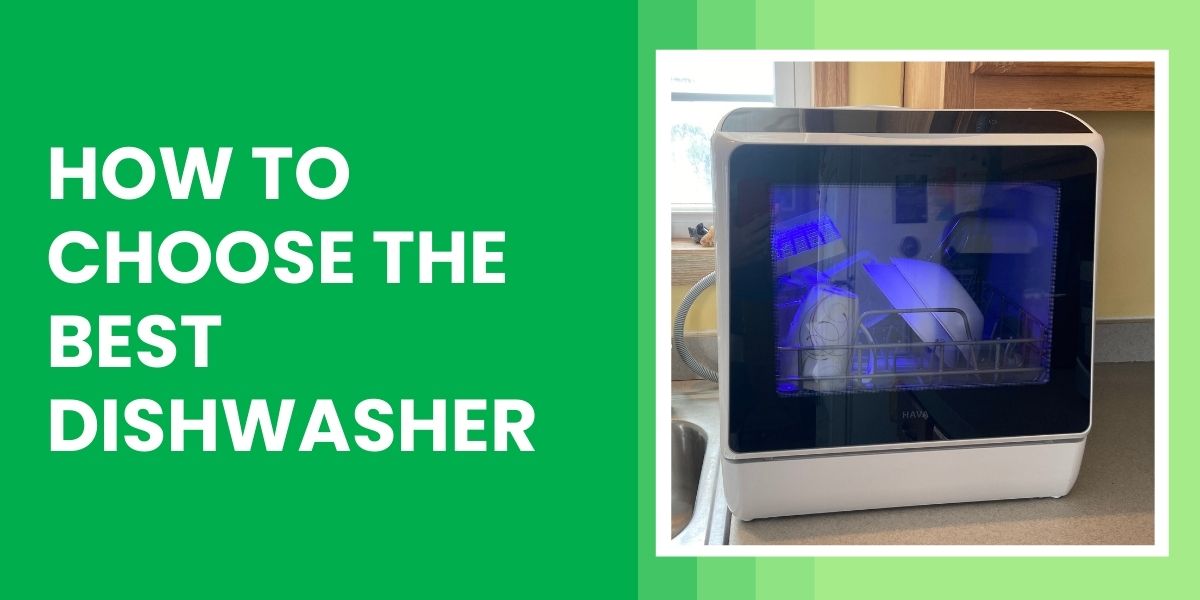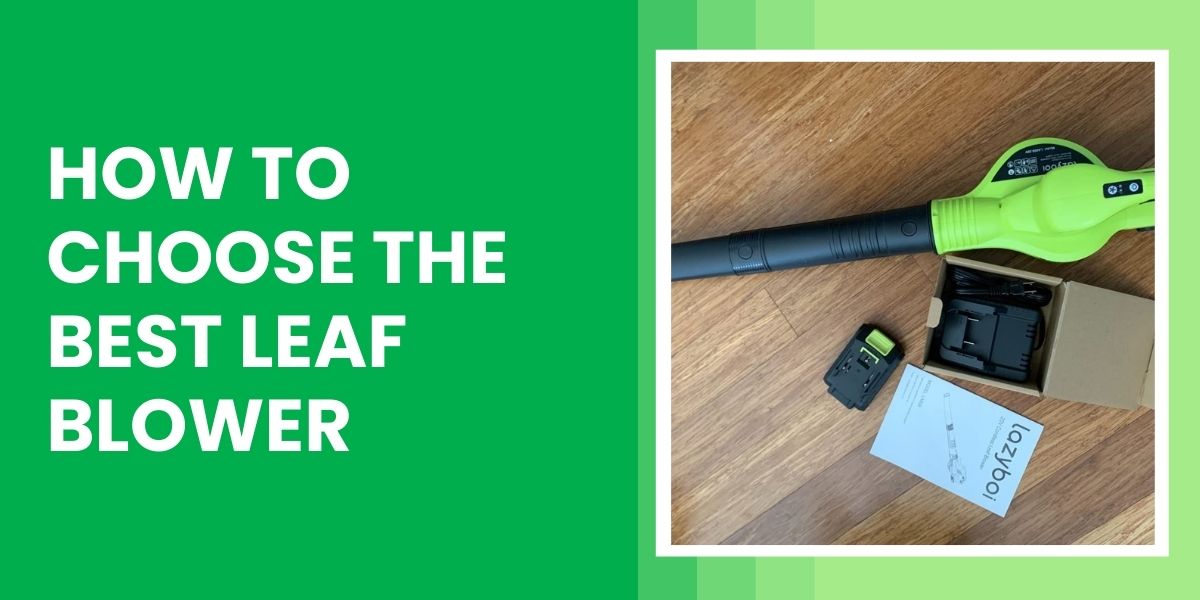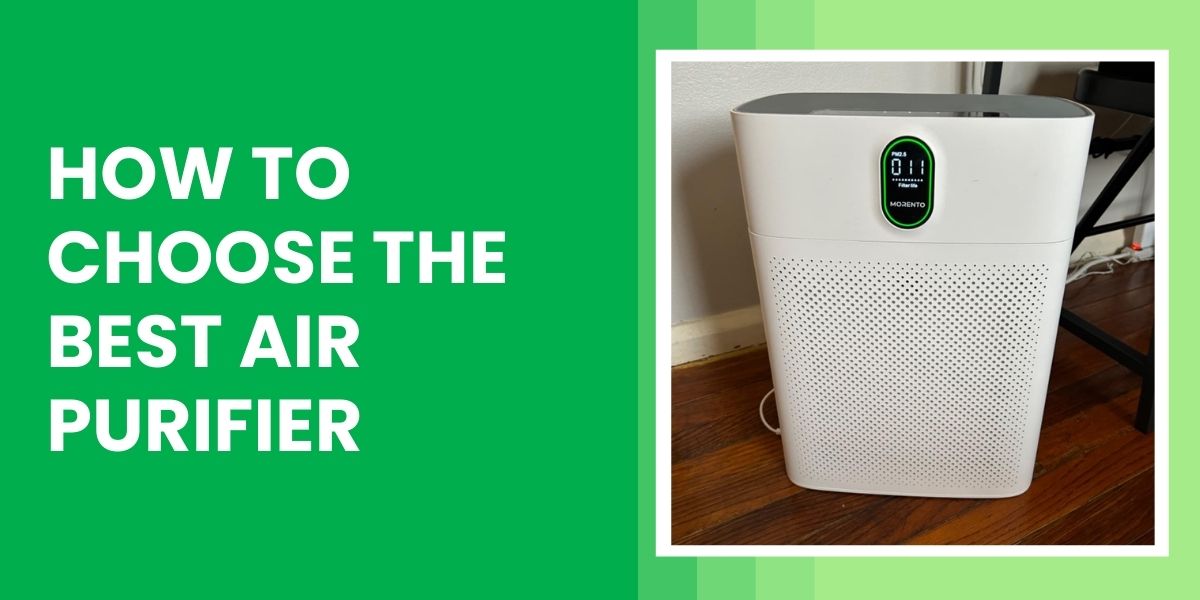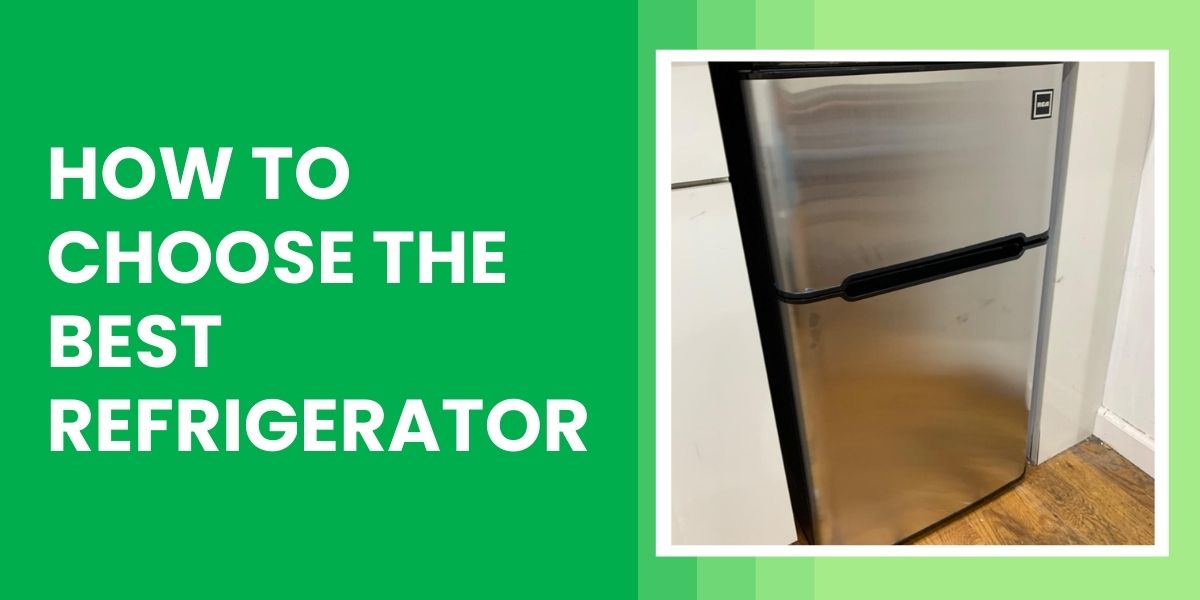Choosing the best vacuum cleaner isn’t just about suction power—it’s about finding the right match for your home’s layout, flooring type, and your personal comfort. Whether you need a lightweight cordless vacuum for quick pickups or a high-performance model for deep carpet cleaning, this guide breaks down everything you should consider before buying, helping you choose the best vacuum cleaner that delivers powerful performance without unnecessary extras.
Things to consider when buying a Vacuum Cleaner:
Here’s a detailed breakdown of what to look for:
1. Vacuum Type
Choose a style that matches your cleaning habits and home layout:
- Upright Vacuums
Great for large carpeted areas. Strong suction, wide cleaning paths.
Best for: Homes with lots of carpeting. - Canister Vacuums
More versatile and quieter. Easier to use on stairs, upholstery, and hard floors.
Best for: Mixed surfaces and detailed cleaning. - Stick Vacuums (Corded or Cordless)
Lightweight and slim, good for quick daily cleanups.
Best for: Small apartments, spot cleaning, and hardwood floors. - Handheld Vacuums
Compact, portable vacuums ideal for cars, furniture, or pet hair.
Best for: Quick pickups and above-floor cleaning. - Robotic Vacuums
Clean on a schedule, hands-free. Some map your home and auto-return to charge.
Best for: Busy households or low-maintenance users. - Wet/Dry Vacuums (Shop Vacs)
Ideal for heavy-duty messes in garages or workshops.
Best for: Construction, renovations, or spill-prone spaces.
2. Flooring Type
- Carpets & Rugs: Choose vacuums with a motorized brush roll or height adjustment.
- Hardwood & Tile: Opt for models with soft rubber wheels and suction-only or switchable brush settings to avoid scratching.
- Mixed Flooring: Look for models with auto surface detection or adjustable brush heads.
3. Weight & Ergonomics
- Lightweight models are generally under 10–12 lbs (4.5–5.5 kg).
Ideal for older adults or people with mobility issues. - Check for swivel steering, telescoping wands, and comfortable grip handles to reduce fatigue during use.
4. Noise Level
- Quiet vacuums operate around 60–70 decibels (dB).
- Avoid vacuums above 75 dB if you’re sensitive to sound or have pets or small children.
5. Suction Power & Airflow
- Suction is often measured in air watts (AW)—look for 100+ AW for strong performance.
- Canister vacuums usually offer better suction for deep cleaning.
- For carpeted homes, pick models with adjustable suction and powered brushes.
6. Filtration & Allergies
- HEPA filters capture 99.97% of particles down to 0.3 microns. Ideal for allergy or asthma sufferers.
- Washable filters save money but need frequent cleaning.
- Sealed systems prevent dust from leaking back into the air.
7. Bagged vs. Bagless
- Bagged Vacuums
More hygienic—dust stays contained. Great for allergy sufferers.
Requires ongoing bag purchases. - Bagless Vacuums
Easier to empty and eco-friendly.
May release dust when emptied—less ideal for allergy-prone users.
8. Corded vs. Cordless
- Corded Vacuums: Consistent power; better for long cleaning sessions.
- Cordless Vacuums: More freedom and easier to use; battery life typically 20–60 minutes.
Tip: Check battery charging time and whether spare batteries are available for cordless models.
9. Dustbin or Bag Capacity
- Larger homes = bigger dustbin.
Cordless vacuums: typically 0.4–0.8 liters
Canister vacuums: up to 2–4 liters
Smaller bins require more frequent emptying.
10. Attachments & Tools
Look for tools that match your cleaning needs:
- Crevice tool: tight corners and baseboards
- Dusting brush: blinds, furniture
- Pet hair tool: removes embedded fur
- Upholstery tool: sofas, curtains
- Extension wand: ceilings, fans, and stairs
11. Storage and Charging Base
- Consider where you’ll store the vacuum—especially stick or cordless models.
- Wall-mounted chargers or foldable handles can save space in small homes or apartments.
12. Maintenance & Replacement Parts
- Check availability of filters, bags, and belts.
- Some vacuums need more maintenance—like cleaning brush rolls or replacing filters often.
- Brands with easy-to-find replacement parts and good customer service offer better long-term value.
13. Budget
- Under $100 / £80 / CA$130: Basic handheld or stick vacuums
- $150–$300 / £120–£250 / CA$200–$400: Mid-range cordless or upright models
- $300+ / £250+ / CA$400+: Premium brands, strong suction, better filtration, smart features
14. Warranty & Support
- Look for at least a 1-year warranty; 2–5 years for higher-end models.
- Brands like Dyson, Shark, Miele, and Hoover often offer extended warranties or parts support.
Additional Features to Consider:
- Self-Cleaning Brush Roll
Prevents hair and threads from wrapping around the roller—especially helpful for homes with pets or long hair. - LED Headlights
Illuminate dark corners and under furniture, helping you spot dust and dirt you might miss otherwise. - Anti-Allergen Seals
Completely sealed systems ensure that dust and allergens stay inside the vacuum, not back in your air. - Swivel Steering
Makes maneuvering around furniture and tight spaces much easier. - Adjustable Height or Suction Levels
Lets you fine-tune settings for different surfaces, such as low-pile rugs versus thick carpets. - Digital Displays
Show battery life, filter status, or suction mode—handy on cordless and premium models. - App or Smart Features
Available on some robotic or high-end stick vacuums for remote scheduling, tracking, and more. - Automatic Surface Detection
Adjusts suction or brush roll speed automatically when switching between hard floors and carpet. - Quiet Mode
Reduces motor noise for cleaning around pets, babies, or during early mornings.
The right vacuum can save you time, protect your health, and keep your home looking spotless with less effort. Consider your flooring type, space size, allergies, and lifestyle when shopping. Don’t forget to factor in ease of use, maintenance, and the availability of accessories. Whether you need high suction for pet hair or lightweight design for upstairs use, there’s a vacuum out there that fits your needs and budget.

